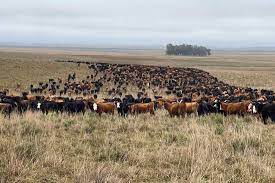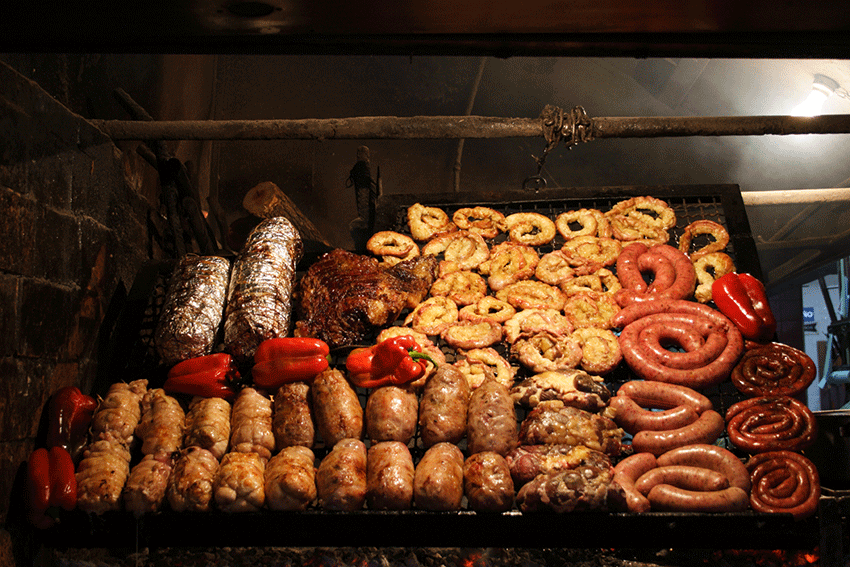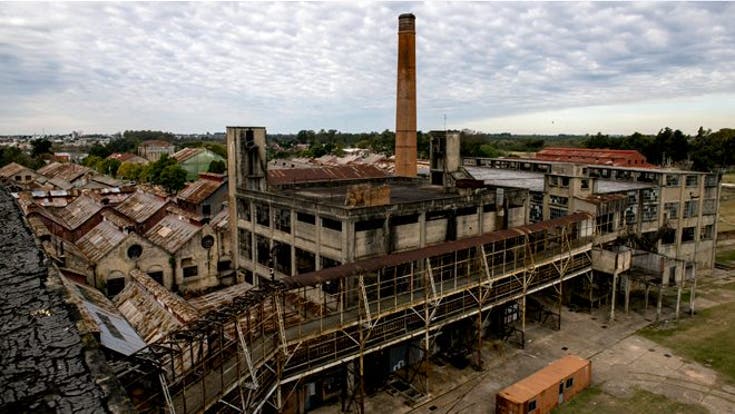



The first Europeans to establish themselves in Uruguay were the Spanish, though it took them a bit of time. In 1520, led by Ferdinand Magellan and Sebastian Cabot, the Spanish led expeditions up the Río de la Plata, though they chose not to settle there due to lack of mineral wealth opportunities. Additionally, they faced fierce opposition from the indigenous tribes they encountered, and were not able to easily enslave them. In the 1620s, Jesuit and Franciscan missions landed in South America to aid the conquistadors. These missions aimed to spread their faith to the new world, as well as pacifying the natives so that the conquistadors could more easily gain control. There were an estimated 5,000-10,000 natives in the area prior to European contact, however foreign disease such as smallpox ran rampant, and the population rapidly collapsed. Due to an apparent lack of potential, the Spanish left.
Around 1603, the Spanish realized Uruguay’s potential may not lie in silver, but cattle. With cattle shipped down from Paraguay, and with lush, widespread fields and plentiful water, the cattle population boomed. This also attracted Portuguese attention, causing many decades of struggle between the two colonizing powers. While the Spanish reaped the abundant silver mines in other countries, such as Peru, beef production rapidly became the main trade in Uruguay. Due to a lack of native populations to enslave, the Spanish brought over African slaves to work on estancias (ranches), salderos (meat-salting operations), and in houses, comprising of about one-third the total population by 1800.The pioneers and gauchos that roamed the region were largely self-governed and controlled their own slaves as needed. However, in the early 18th century, the Spanish fleet founded Montevideo as a military stronghold, with foundations in perpetuating the laws of the Spanish monarchy. As more settlements popped up in the rural regions, and with increased Portuguese presence harassing the ranchers, the Spanish created a patrol force called the Blandengues Corps. Today, the cattle industry still drive Uruguay’s economy, and is deeply imbedded in the country’s culture.
https://www.britannica.com/place/Uruguay/Sports-and-recreation#ref407712
https://www.globalsecurity.org/military/world/uruguay/history-2.htm